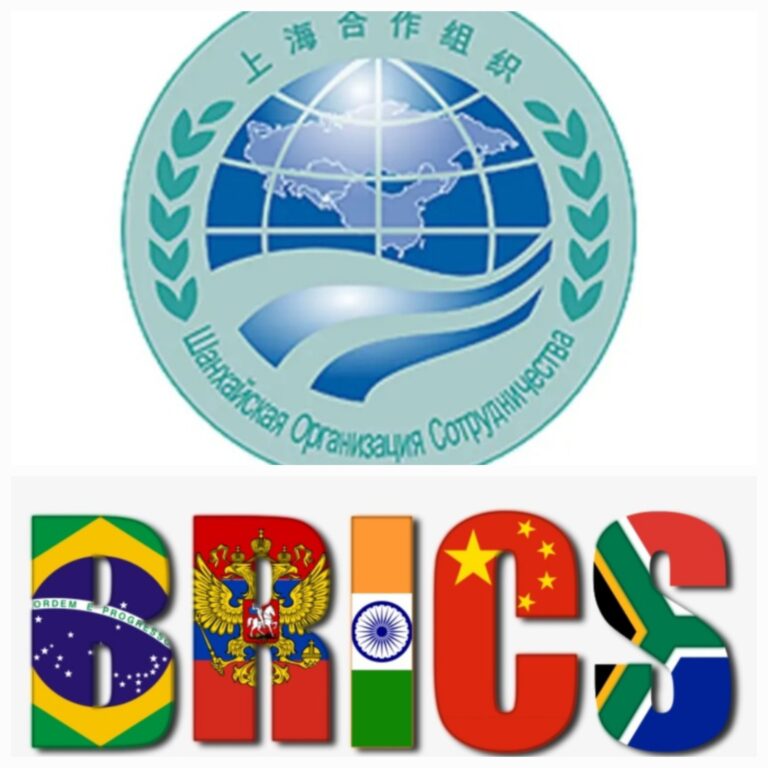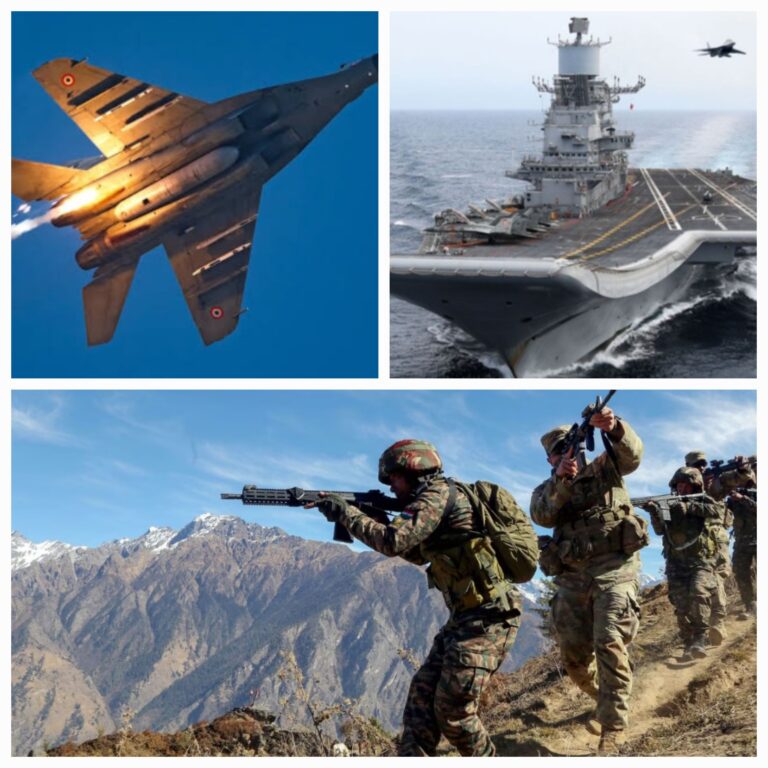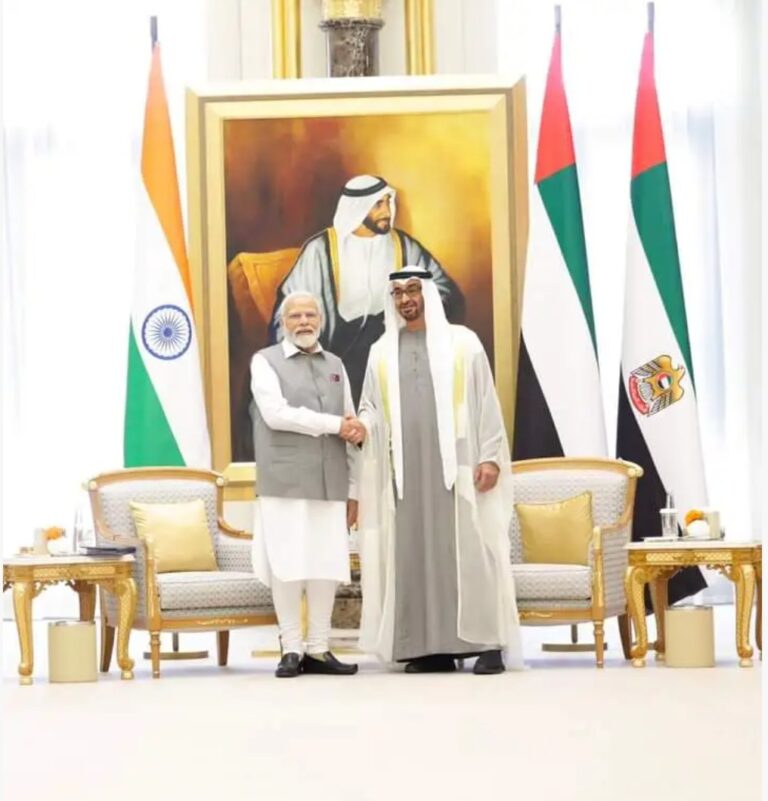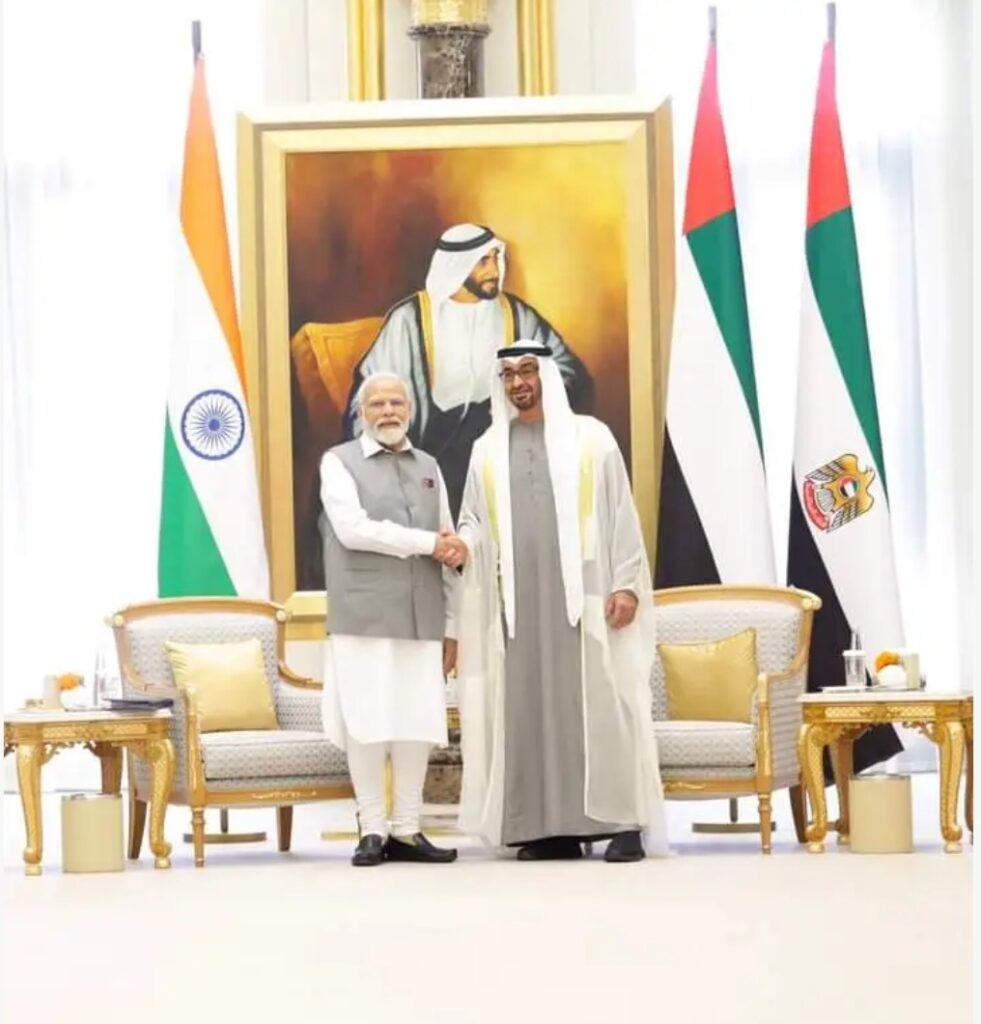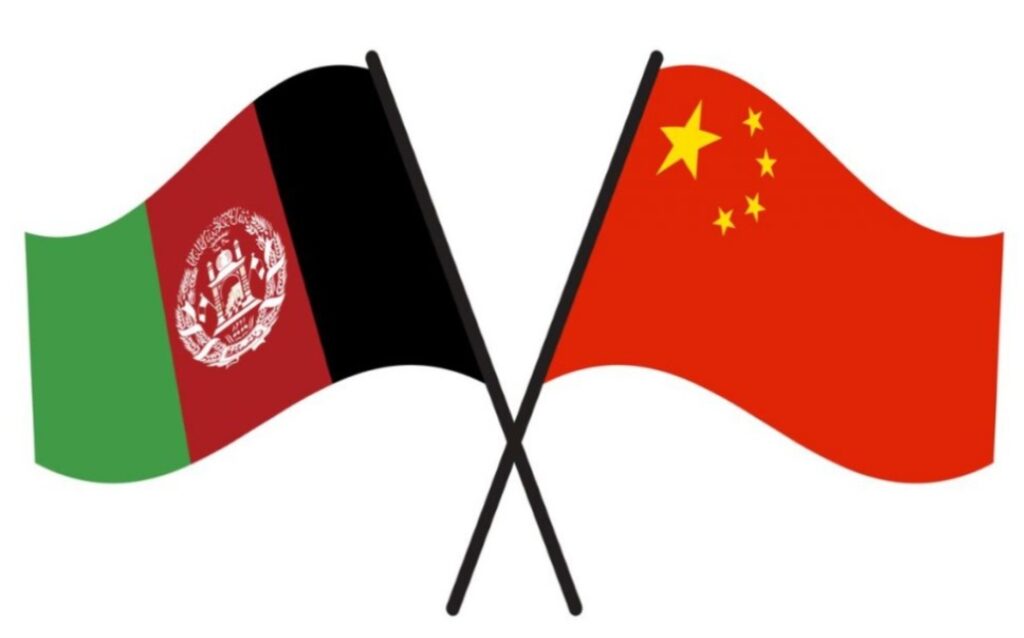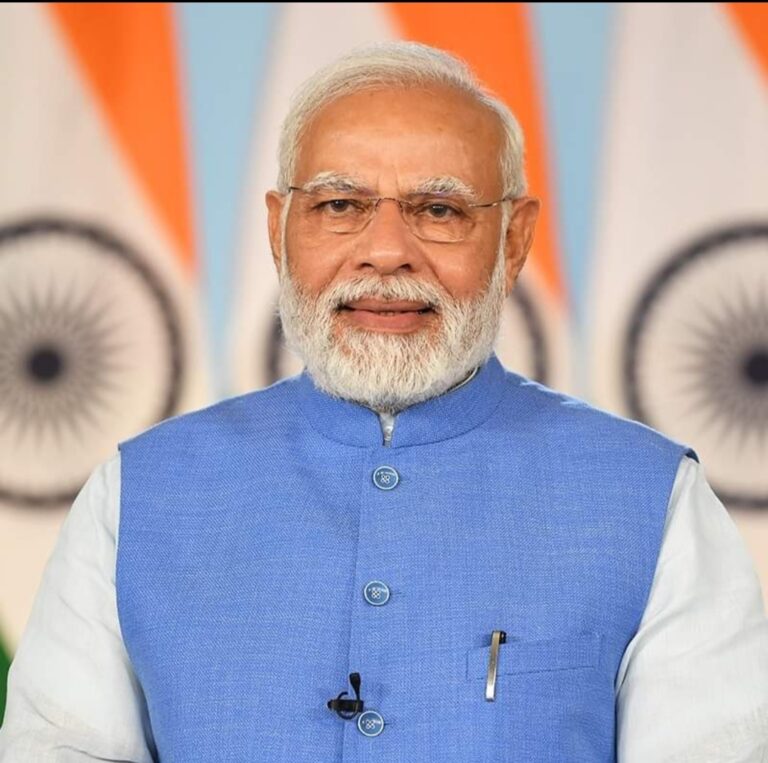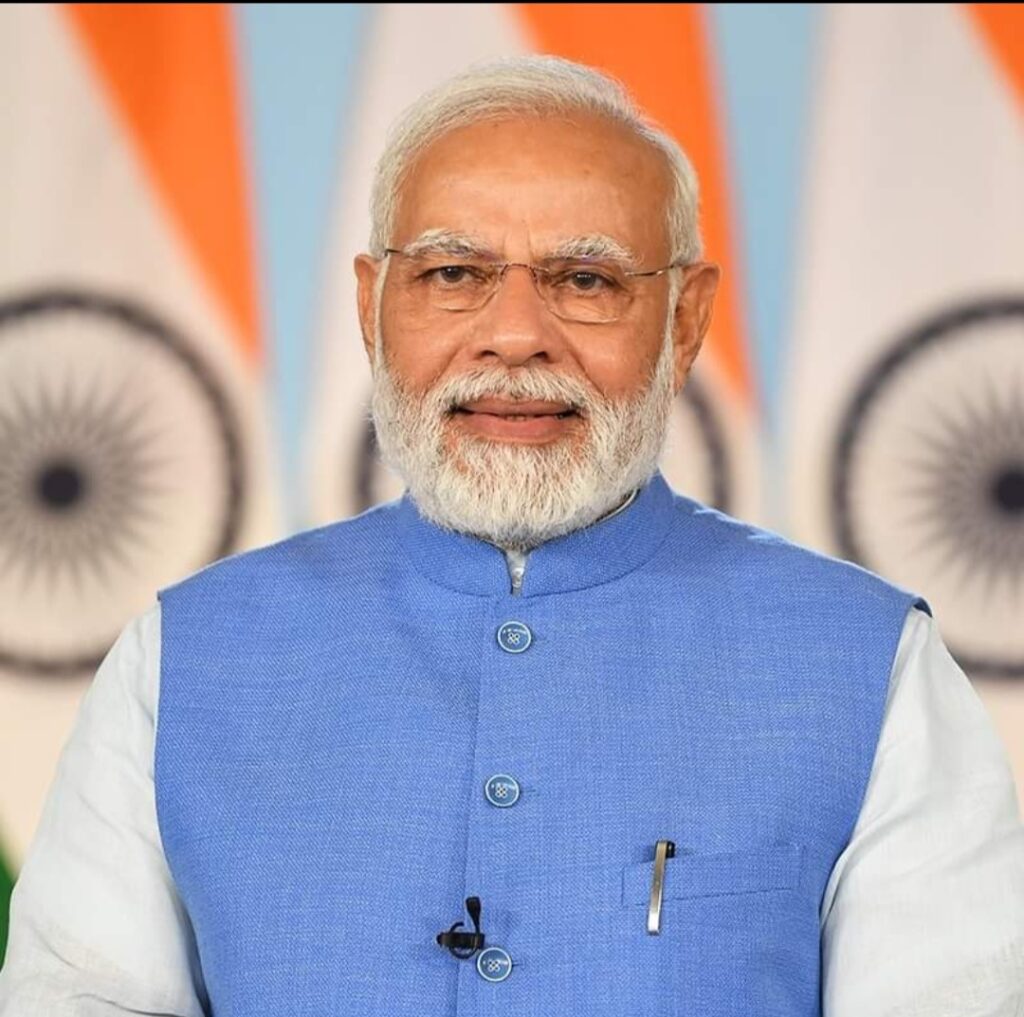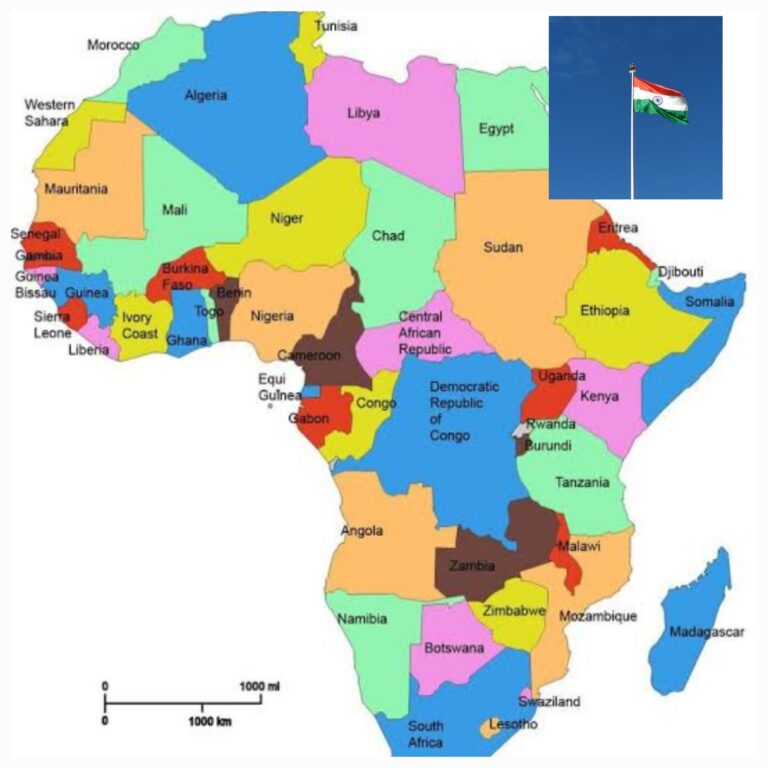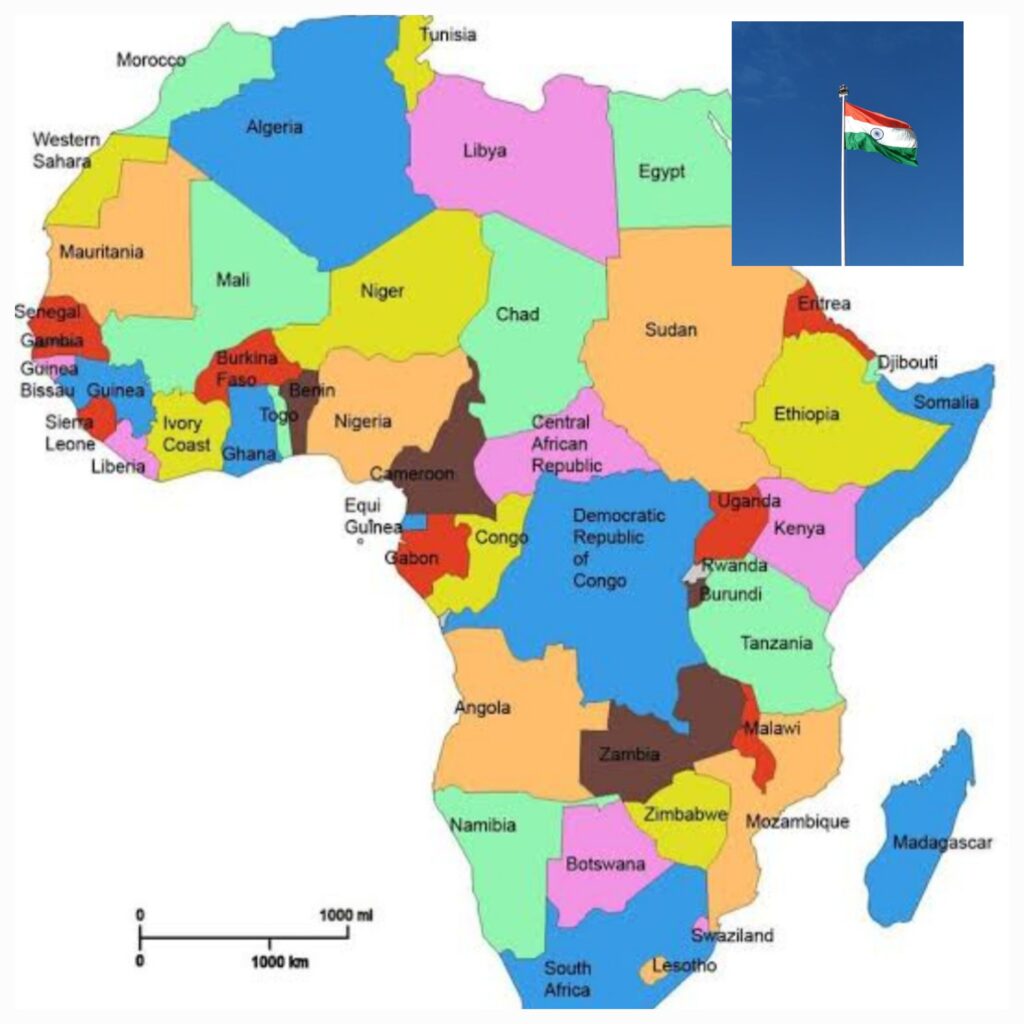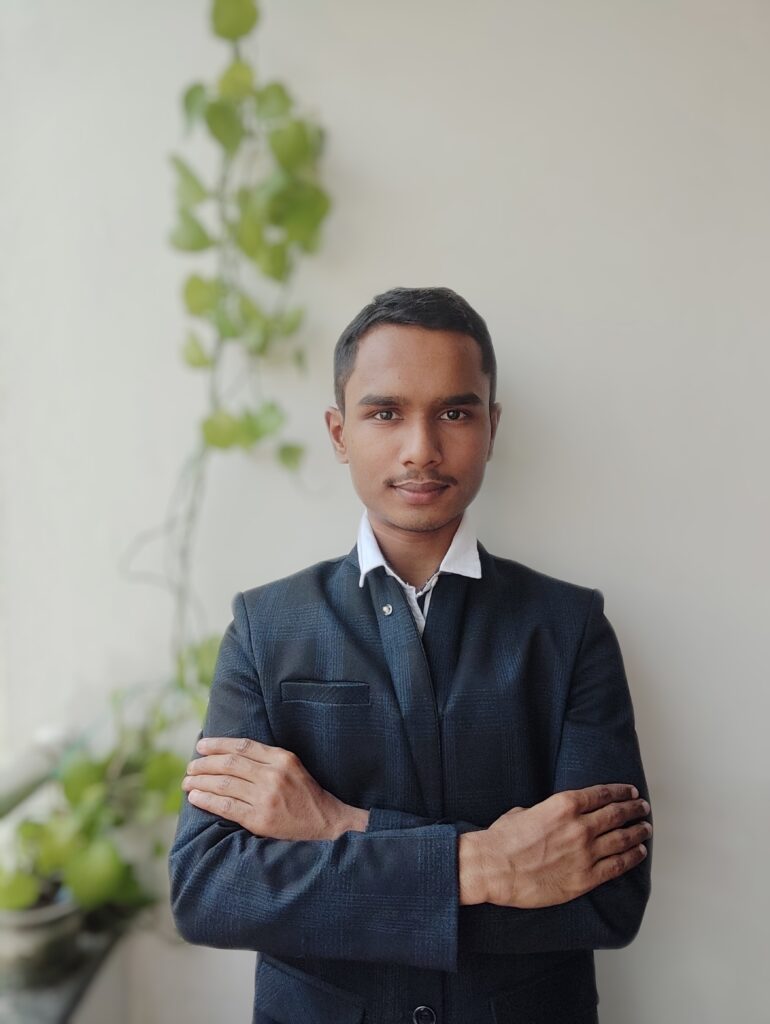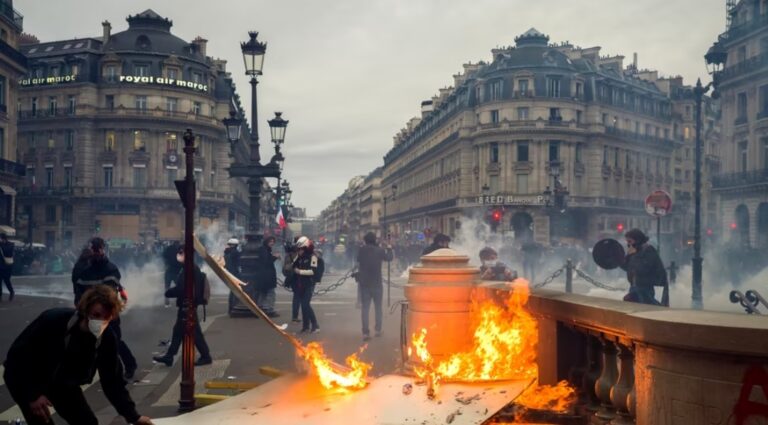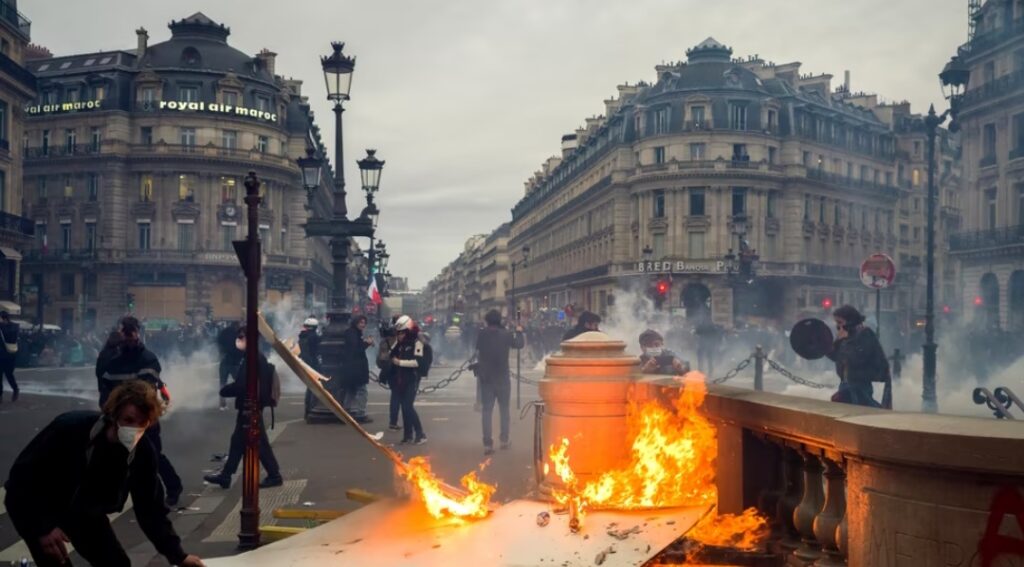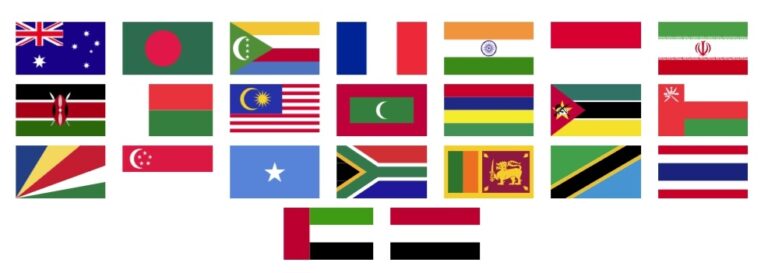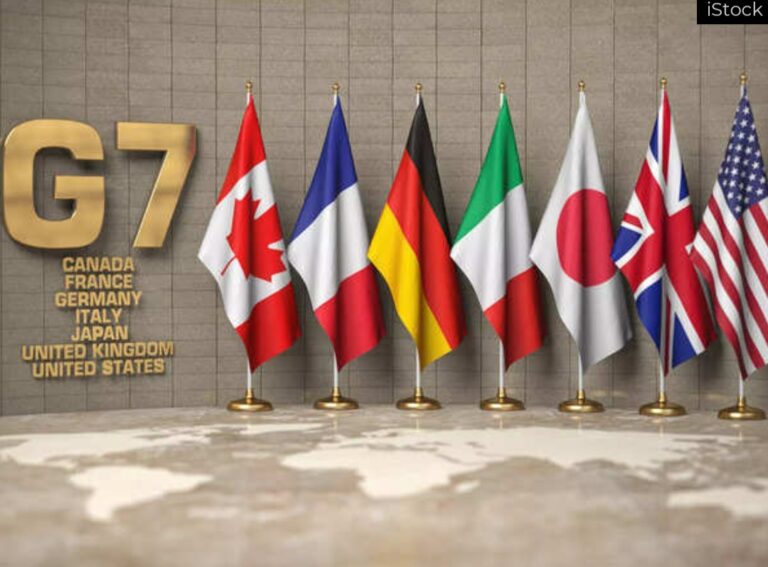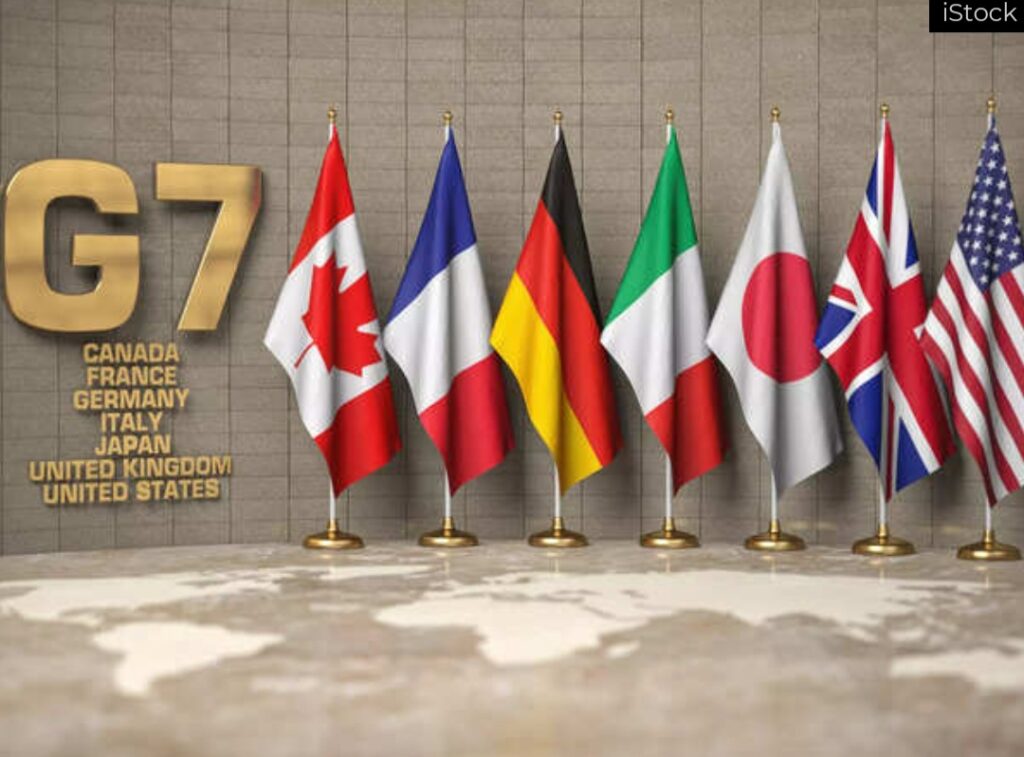By: Varshitha Eddula, Research Analyst, GSDN
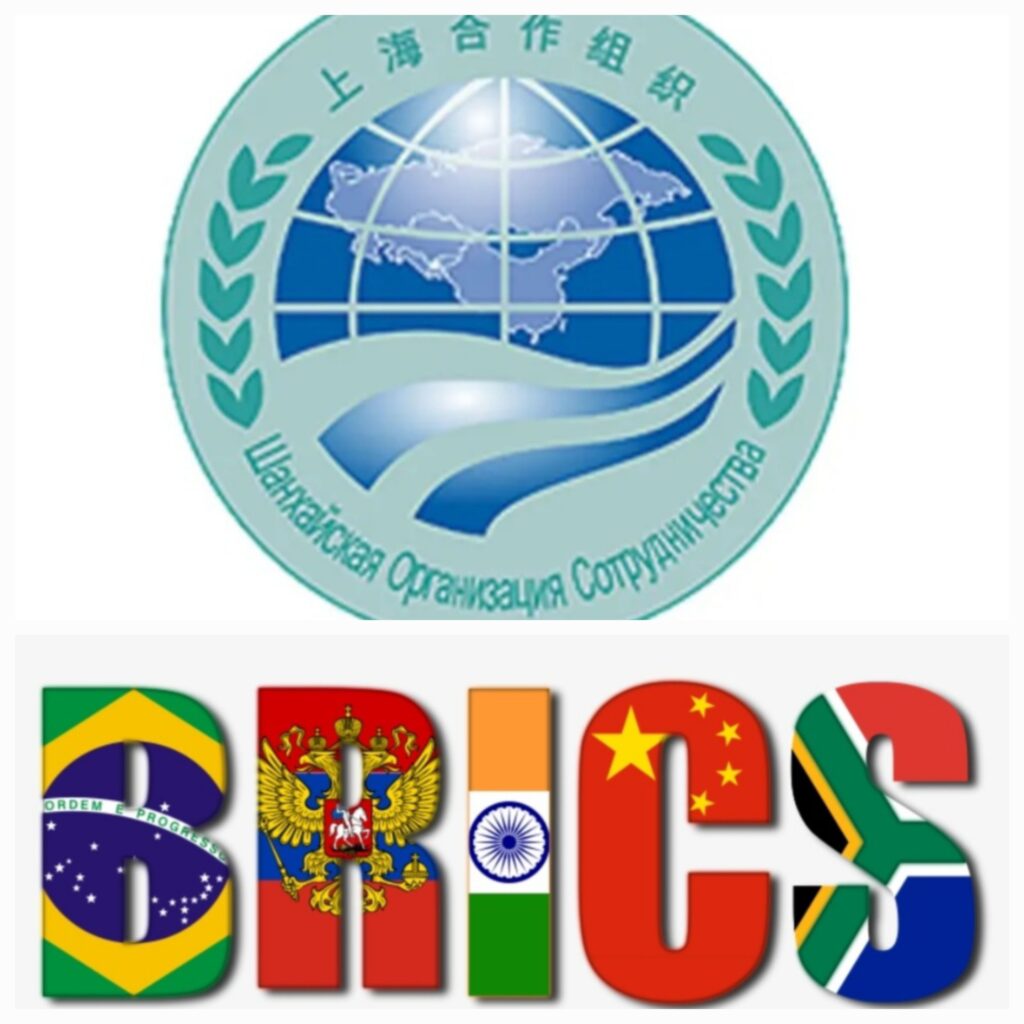
SCO
The Shanghai Cooperation Organisation-Council of Heads of State meeting, hosted by Prime Minister Narendra Modi, marked the first time India chaired the summit of regional countries. India became a full SCO member in 2017, along with Pakistan. The Shanghai Cooperation Organisation focuses on cooperation with international and regional organisations. The strengths of the Shanghai Corporation Organization are that it covers 40% of the global population, nearly 20% of the global GDP and 22% of the world’s land mass. The SCO has a strategically important role in Asia due to its geographical significance, this enables it to control Central Asia and limit the American influence in the region.
BRICS
BRICS (Brazil, Russia, India, China, and South Africa) is an important grouping bringing together the major emerging economies of the world. According to World Bank data of 2019, it comprises of 41% of the world population, having 24% of the world GDP and over 16% share in the world trade. BRICS countries have been the main engines of global economic growth over the years.
Over some time, BRICS countries have come together to deliberate on important issues under the three pillars of political and security, economic and financial, and cultural and people-to-people.
The central objective of BRICS is the reformation of global governance institutions (UNSC, IMF, World Bank) reflecting the changing nature of the global financial order. It is also an advocate of multipolarity and involves in various activities, including counter-terrorism and developmental activities. It was in this regard that BRICS formed the New Development Bank (NDB) to finance the infrastructure development in emerging economies.
China and SCO
China is one of the six founding members of the Shanghai Cooperation Organisation (SCO), which was established in 2001 as a regional organisation for non-traditional security cooperation between China, Russia and four Central Asian states: Kazakhstan, Kyrgyzstan, Tajikistan and Uzbekistan. Although the SCO Charter sets out a broad array of objectives and potential areas of cooperation, the SCO has so far focused on, and gained most visibility through, its fight against regional terrorism, ethnic separatism and religious extremism.
For China, as for the other members, the SCO represents a new and unique cooperation model, reflecting its vision of a multipolar world order as opposed to cooperation models based on US hegemony and unilateralism. Since the SCO’s inception, China has pushed its agenda and has successfully pursued its national security, geopolitical and economic interests. It has used the SCO umbrella as a multilateral platform to address external threats posed by non-state actors on its vulnerable western border; to gain a strong economic and political foothold in Central Asia without putting the Sino-Russian strategic partnership at risk; and to enhance its energy security through large-scale infrastructure investment in, and trade with, the Central Asian member states.
China and BRICS
China sees natural common ground with emerging economies, especially in the pursuit of a new international economic order and the democratization of international relations.
For China, since the BRICS countries’ share and importance in the world economy has been growing but has not yet surpassed the developed countries’, the next step, naturally, would be for them to act as one group to increase their collective voice and bargaining power against traditional developed countries. In China’s view, this momentum would democratize international relations by offering developing countries more voice and rights.
In Chinese strategic thinking, the BRI and BRICS are deeply interconnected. BRICS, comprising the world’s best performing emerging economies, is a less controversial platform and more appealing to the developing world. It is often seen as the key international mechanism that can act as the second front or as the “leading geese”, aiding and advancing China’s BRI objectives. As China-US rivalry intensifies and the BRI faces a plethora of challenges, BRICS is increasingly gaining significance for China.
Within the grouping, China sees itself as the ‘core’ of BRICS, while India as its weakest link. Brazil and South Africa are often dismissed as “free-riders”, while Russia is considered the main tool to advance Chinese interests within the BRICS framework. China is aiming to undercut the role and agency of India, Brazil and South Africa—if possible, winning over the last two using its financial heft—while utilising China-Russia ties as the bedrock for further developing BRICS in a direction that suits their interests.
It is not always easy for China to implement such a strategy. Brazil and South Africa, with their deteriorating economic performance and unstable domestic political situations, are unwilling to commit much to China and thereby compromise on their foreign policy flexibility. On the other hand, there is a constant game between China and Russia over who will use whom, to further its self-interest.
It is against this backdrop that China is proposing a BRICS expansion. Economic strength and development potential are not the sole criteria for China while considering potential BRICS members. Political and identity commonality in the context of China-US competition, geographic and locational advantages, willingness to support the BRI, are seen as important points. India needs to accurately grasp the geopolitical shifts taking place within BRICS and deftly navigate the complex dynamics between the member states to safeguard its own interests within the grouping and avoid being drawn passively into China’s Great Game.
India and SCO
India’s association with the SCO began in 2005 as an Observer country, and it became a full Member State at the Astana Summit in 2017.The government has held that joining the originally Eurasian group was important as it focuses on regional security and connectivity — areas key to India’s growth and making up its challenges, such as terrorism in Pakistan, and Chinese aggressions as well as the Belt and Road Initiative. Being “inside the tent” is important, especially as Pakistan is a member, even if that means conducting joint exercises under the SCO Regional Anti-Terrorist Structure. SCO gives India an interface with Central Asian markets and resources. India-Central Asia Dialogue is a platform to engage with Central Asian Region. But SCO far outweighs India Central Asia Dialogue. Finally, joining the SCO was a key part of India’s stated ambitions on “multi-alignment” and “strategic autonomy” while becoming a “balancing power” in the world.
It was expected that India’s turn to chair the SCO this year would be a major event, rivalling the expected pomp around the G-20 meet in September. In addition, given Russia’s and China’s blocks on the G-20 joint communiqué that India is keen to find consensus on, the SCO summit would have been a convenient venue for Mr. Modi to negotiate a resolution with his counterparts. However, India’s decision to postpone the SCO summit due to the Prime Minister’s U.S. State visit, and then to turn it into a virtual summit may have been a dampener on the SCO outcomes.
India’s concerns with hosting Xi Jinping given the LAC hostilities, or Pakistan Prime Minister Sharif’s possible ‘grandstanding’, or even the optics of welcoming Russian President Vladimir Putin may have been factors. Whatever the reason, while the members hammered out a New Delhi declaration and joint statements on radicalisation and digital transformation, the government was unable to forge consensus on other agreements including one on making English a formal SCO language, while India, despite being Chair, did not endorse a road map on economic cooperation, presumably due to concerns over China’s imprint.
India and BRICS
BRICS’s development-focused diplomacy resonates strongly with India’s core interests – energy security, combating terrorism, and climate change financing. At the same time, its wider and deeper issue items and agenda separate BRICS from other strategic forums that India currently participates in. BRICS constantly emphasizes themes ranging from “promoting economic recovery,” “expediting implementation of 2030 agenda on sustainable development,” and “strengthening and reforming multilateral governance.” These further reflect the socioeconomic realities that developing countries face. India’s global aspirations and interests, such as on reforms in multilateral institutions like the International Monetary Fund, WTO, United Nations, and U.N. Security Council are also backed by BRICS.
BRICS gives India the opportunity to voice its developmental interests in a way that no other grouping can match. In addition, BRICS members are playing a greater role in shaping the global political landscape, an area where India finds itself standing against the likes of the United States, Japan, and Australia – fellow members of Quad. In the contemporary world, BRICS represents global socioeconomic realities that are often relegated to the periphery of international politics. Indian strategic circles recognize BRICS’s primary role in shaping the international trade order, climate change policies, financing, and reformed multilateralism. New Delhi aims to play a larger role in international politics and negotiations, which would further emphasize the critical role of BRICS.
To ensure a multi-polar Asia, it is imperative for India to prevent China from increasing its area of influence through organizations like SCO and BRICS. It is also in the interest of Washington since it does not want these groupings to be echo chambers of Sino Russian axis.
The biggest challenge that India faces as a member of BRICS is China. China is actively trying to use BRICS to further its sphere of influence and to make it an anti-west group which is evident from the Chinese push for expansion of membership as well as from its stance on common currency for BRICS nations. While India, with its strategy of issue-based alignment or multi-alignment, requires BRICS for active engagement with emerging economies and for furthering its interests. While there is a call for India to come out of BRICS, it seems better for India to create a room in BRICS rather than give it away for China to further its interest. It should ensure that it does not become an anti-west grouping by making sure that new membership to the group does not take place in such a way that ensure China’s dominance. A common BRICS currency is not in the interest of India since it may affect its engagement with the West.
SCO-CHINA-BRICS-INDIA
BRICS should have balanced itself against Chinese hegemony by reviving the spirit of the India-Brazil-South Africa (IBSA) grouping, which predated BRICS. Had the IBSA spirit worked, then China and Russia would not have held sway over BRICS. Instead of the IBSA spirit, divergent reactions from South Africa and Brazil have emerged.
China will use these institutions for disseminating President Xi Jinping’s vision of international order like the Global Security Initiative and Global Development Initiative. China is trying to have a domination in these groupings and make them anti-USA and G7. China floated the idea of a common currency at BRICS. But India disapproved. China wants to expand the groupings through giving membership to countries, which are inherently pro-China. Many SCO and BRICS members are recipients of China’s investments through BRI. China will always aim to have greater influence over members in these organisations. But decisions in BRICS and SCO are taken on a consensus. Trying to ease out India from these groupings is difficult for China. As India has significant friendly relations with other member countries. Secondly, India is an important trading partner with China. Therefore, India and China are tangled up multilaterally and bilaterally.

